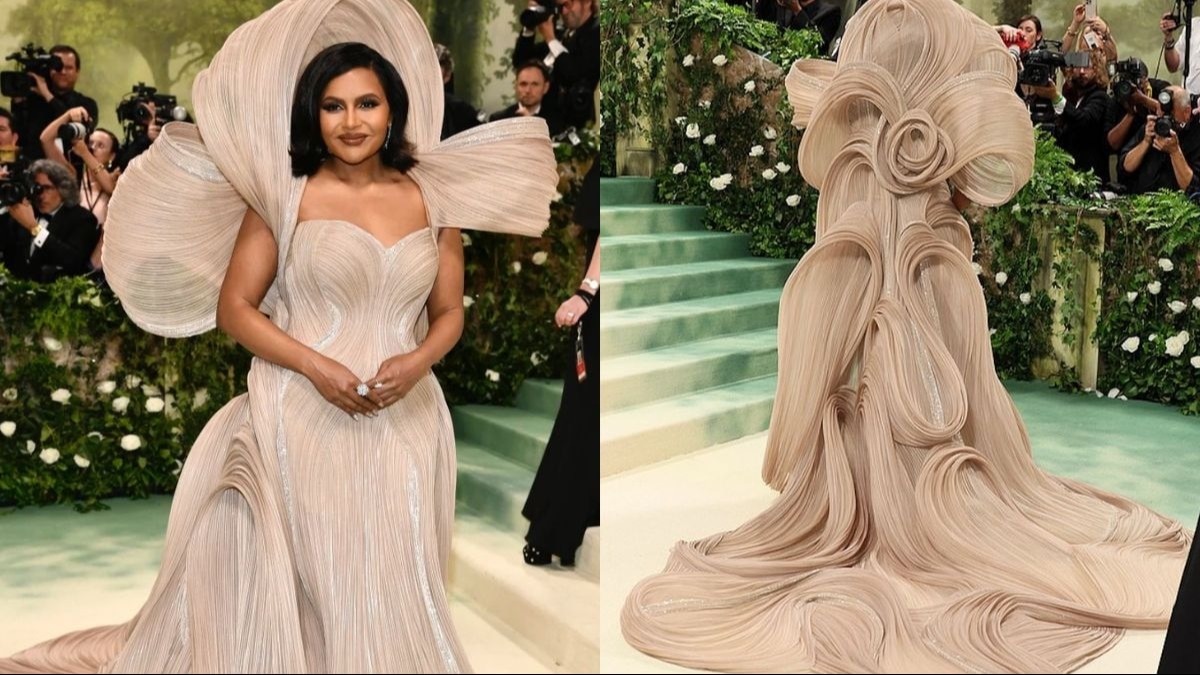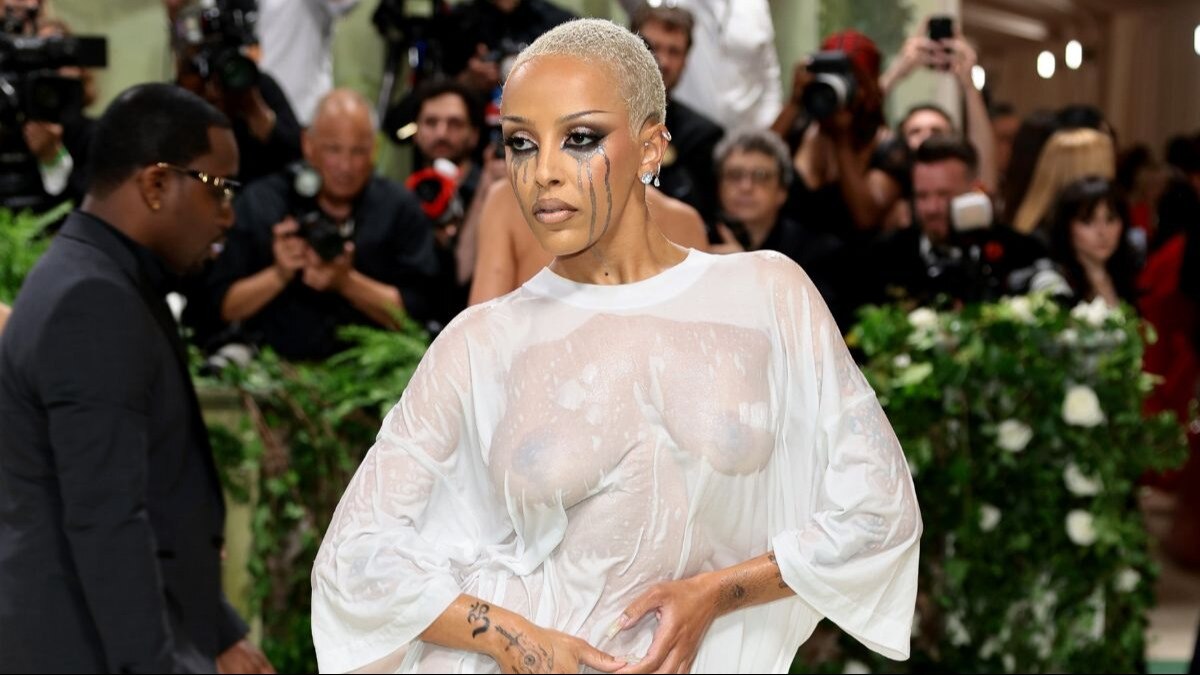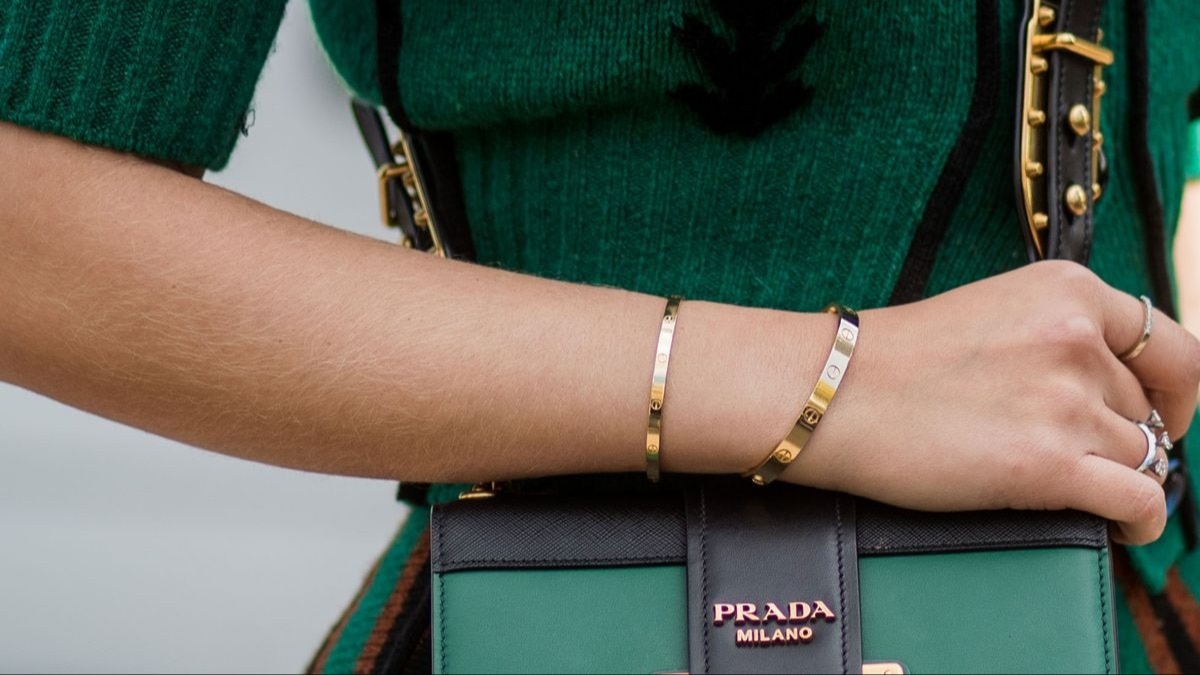
Bakuchiol—everything you need to know about the plant-based skincare ingredient we love
It’s like retinol, but better.


Like most people, I love what makeup does to my face, appearance-wise. The concealer hides the proof of my struggles with finding a work-life balance, the blush gives me a sun-kissed glow, and the highlighter illuminates parts of my face that I love. What’s not to love about makeup, right? That said, it is no substitute for having healthy skin. Sometimes, it’s about beauty but sometimes, it’s also about your health as the external is often a reflection of how your body is doing on the inside.
Irrespective of your reasons to indulge your skin in some TLC and maintenance, bakuchiol (pronounced buh-koo-chee-all) is an ingredient that should be in your beauty closet. Let’s get to know it a little better, shall we?
What is bakuchiol?

The ingredient that has been taking over the world of skincare is vegan and is derived from the Psoralea corylifolia plant, which is widely used in Ayurvedic and Chinese medicine. Its discovery dates back to 1966 when bakuchiol was first extracted from the seeds of this plant and yet, it is only recently that the ingredient is getting its dues. Having said that, to truly understand the role of this active power element, we have to speak about retinol, which is known for its ability to maintain your skin’s elasticity. Bakuchiol, scientists have found, can do the same for your skin and more.
Bakuchiol vs retinol—which one wins?

The thing with retinol is that our relationship is defined by rather ambivalent feelings. Like there are no roses without thorns, retinol seems to come with its own set of side effects. From redness to patchy skin, your dermis gets worse before it gets better. Now imagine bakuchiol, feeling like a gentle lavender against your cheeks. It does the same things but without your skin feeling attacked.
A 2019 study explored the efficacy of retinol and bakuchiol in a double-blinded fashion wherein the participants didn’t know which ingredient they were using. Both groups demonstrated almost an equal level of elasticity and reduction in wrinkles. Fifty nine per cent of bakuchiol users exhibited reduced hyperpigmentation against 44 per cent of retinol users. However, the most significant observation was that while the results were more or less the same, retinol users experienced more irritation of the skin.
Another 2022 study found that bakuchiol showed more benefits such as accelerated epidermal regeneration and faster healing of cuts. In fact, when mixed with salicylic acid, bakuchiol also helped reduce acne, making it a super-ingredient in skincare.
Between the tough love of retinol and the comfort that bakuchiol brings, people prefer the latter, especially if they are getting the same results.
How to use bakuchiol

This active, plant-based ingredient is part of skin oils, creams and serums—and is often mixed with other elements. If you have dry skin, you can opt for a product with a hydrating ingredient to balance it out. For acne treatment, you can look for a mix of retinol and salicylic acid. Many people also use a blend of retinol and bakuchiol to get the best of both worlds.
Unlike retinol, bakuchiol can be used during the day too. Wash your face and pat it dry. Apply some moisturiser and top it with a bakuchiol serum or cream. Researchers say that people who consistently used it started to see a noticeable difference between four to six weeks. In 12 weeks, their skin greatly improved.
The best thing is that it is plant-based and doesn’t irritate your skin when combined with other actives. So you can add it to your skincare regime without subtracting something.









